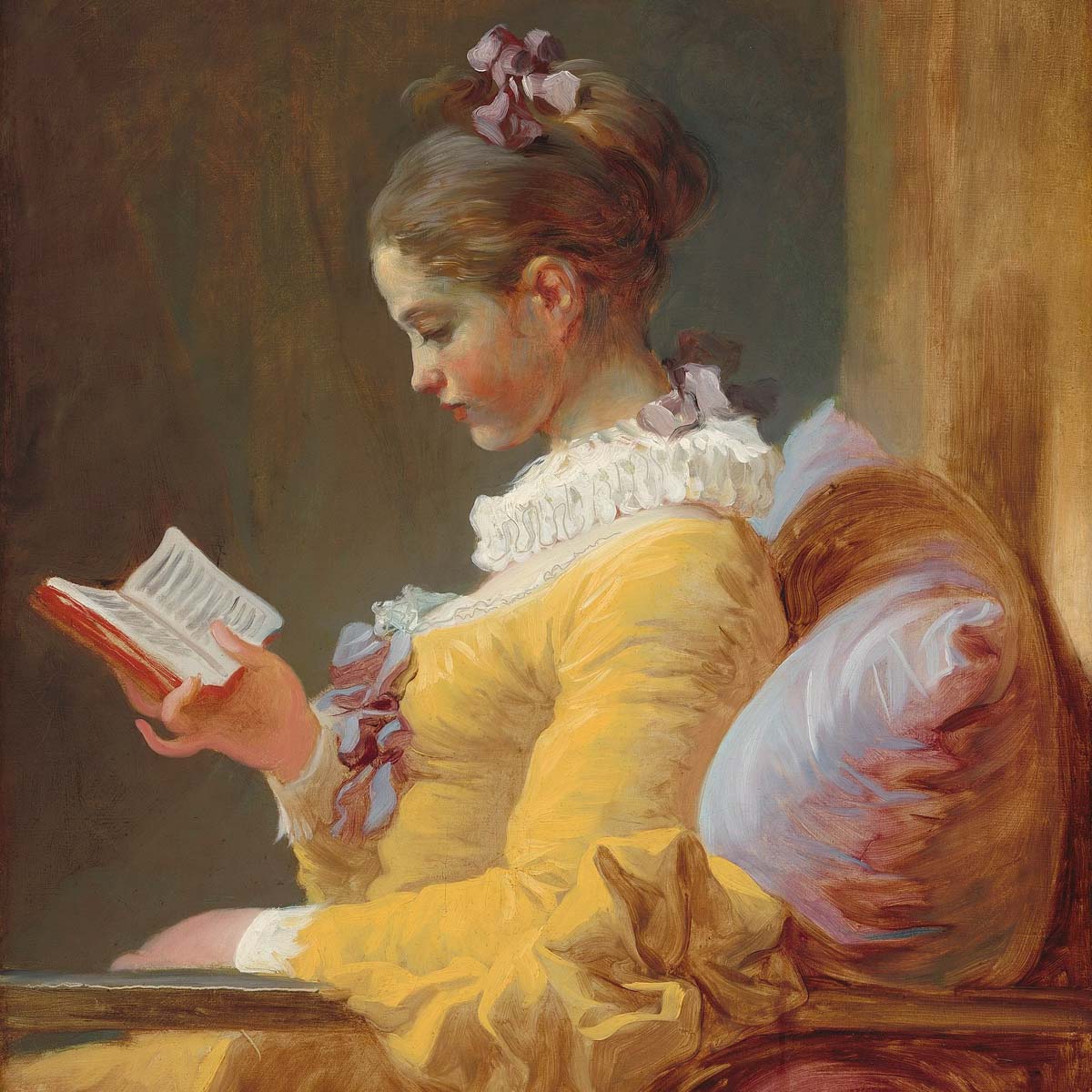
Northanger Abbey
Jane Austen
Year
1817
542
718
588
432
419
579
924
893
1038
1254
985
627
990
1114
1037
889
450
647
502
1042
943
1085
814
915
936
745
389
1110
1011
905
385
Description
Welcome to "Northanger Abbey," where Jane Austen playfully upends the conventions of the Gothic novel while delivering a satirical yet heartfelt critique of societal norms and the follies of misinterpretation. First published posthumously in 1817, this novel marks itself as both a parody and a standout tale within Austen’s acclaimed body of work, spotlighting her wit and mastery over irony as tools for both entertainment and incisive commentary. "Northanger Abbey" was actually one of Jane Austen’s first completed works for publication, originally written around 1798-1799 under the title "Susan." However, it was not published until after her death in 1817, when it appeared alongside "Persuasion." The novel was initially sold to a publisher in 1803 for a small sum, but it languished unpublished. Austen later bought back the manuscript, revising it slightly under its new title. This history reflects Austen's challenges in the publishing world and her persistence in refining her work despite early setbacks. "Northanger Abbey" follows the young, naive Catherine Morland on her journey from a quiet country life to the busy, sophisticated world of Bath's social scene. With her head filled with the sensational Gothic novels of the time, Catherine is ripe for misunderstanding the more mundane realities around her. Austen ingeniously uses Catherine’s misadventures to skewer the popular Gothic fantasies of the era, revealing the gap between fiction and reality and poking fun at the melodramatic works that enthralled the society. Beyond a mere parody, however, "Northanger Abbey" serves as a commentary on the condition of women in Austen's society—highlighting the limited prospects available to them and satirizing the importance placed on marriage and social standing. Catherine’s evolution from a fanciful girl to a woman who perceives the nuances of her world mirrors Austen's call for a more rational, observant approach to life, advocating for sense and sensibility over sensationalism. "Northanger Abbey" is a clever, insightful novel that entertains as much as it enlightens, inviting readers into a world where the imagined horrors of Gothic tales collide with the commonplace dramas of society. Jane Austen's sharp wit and keen perceptions offer a delightful journey through her literary landscape, making this novel a treasured addition to the canon of classic English literature.
